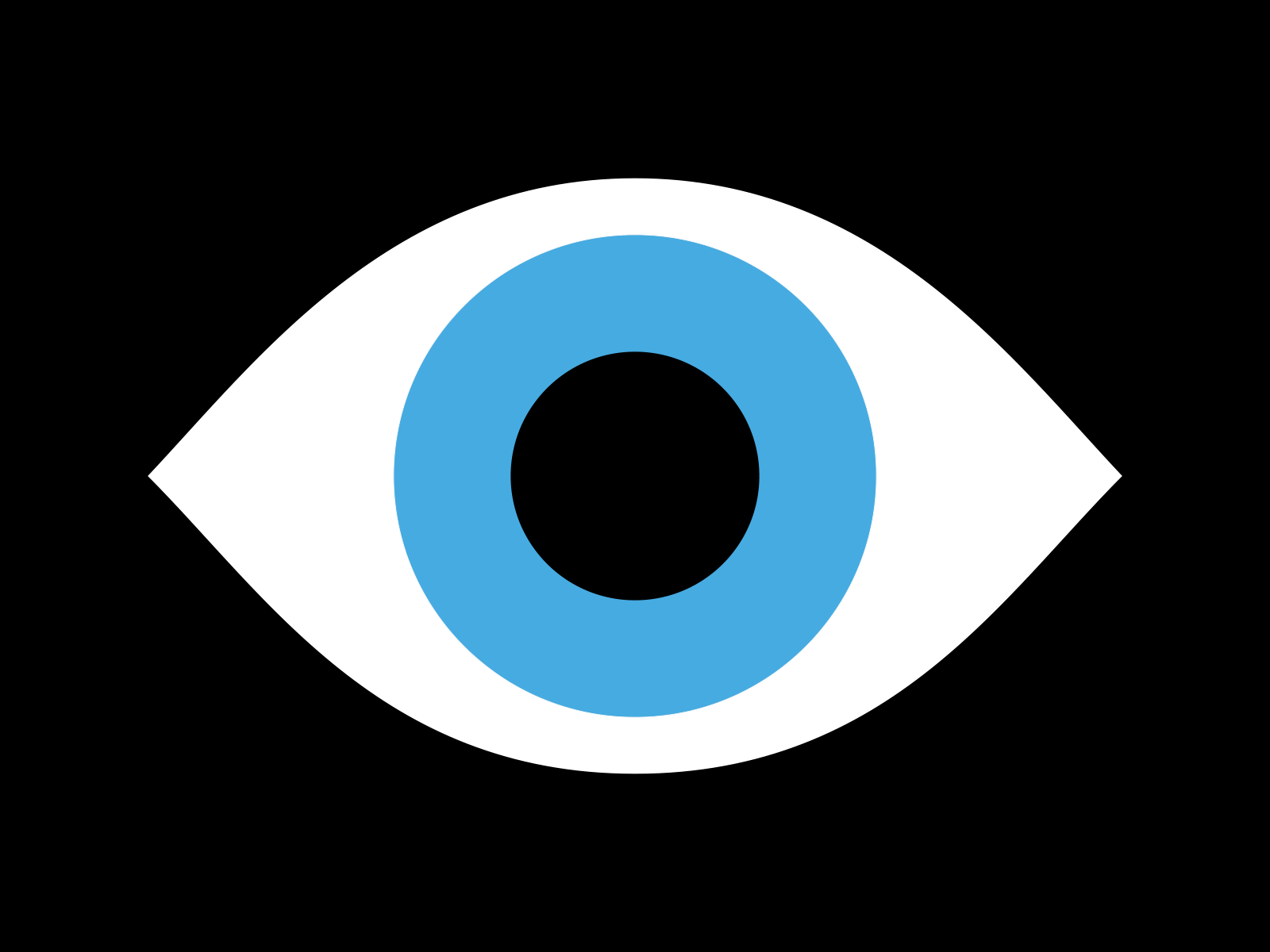Note: Grant’s post about choosing between “rabbits” (many small customers) and “whales” (a few large enterprises) perfectly illustrates how even smart people can confuse tactical distribution choices with strategic positioning. He thinks he’s describing how to choose your go-to-market strategy, but he’s actually documenting symptoms while missing the disease (the causality flows opposite to what he suggests). By unpacking his framework, we can see how positioning (owning mental territory) determines distribution, not the other way around, and why even successful founders like those he cites can’t accurately explain their own success.
The Story We Tell Ourselves
Every successful founder has a story about their go-to-market strategy. Stewart Butterfield will tell you how Slack chose bottom-up adoption. Dylan Field explains Figma’s product-led growth. Marc Benioff describes Salesforce’s enterprise sales motion.
They’re all wrong about their own success.
Not lying. Not misleading. Just wrong. They experienced their success from inside and confused the music with the dance. They saw tactics and thought they were seeing strategy. They optimized distribution and thought they were creating markets.
This is the narrative fallacy at work — our psychological need to impose linear causation on what was actually emergent, complex, and largely predetermined by forces we couldn’t see.
The Framework Trap
The startup ecosystem loves frameworks. Rabbits versus whales. PLG versus sales-led. Bottom-up versus top-down. These frameworks spread because they offer cognitive comfort: a sense that success is a matter of choosing the right tactical approach and executing well.
In reality, these frameworks describe symptoms rather than causes. They’re the shadows on the wall of Plato’s cave, and most founders spend their entire careers optimizing shadows while someone else owns the cave.
Consider the latest popular framework about choosing between “rabbits” (thousands of small customers) and “whales” (a few large enterprises). It suggests your product characteristics determine your path. That activation rates and pipeline coverage are your north stars. That $20-30M ARR is a natural expansion point.
Every premise is wrong.
The Causality Inversion
The framework assumes: Product characteristics → Distribution choice → Success
Reality flows opposite: Mental territory ownership → Market creation → Distribution emergence → Product evolution
Slack didn’t choose bottom-up adoption. They owned “work messaging” as mental territory, and that position demanded social proof through peer adoption. You can’t prove work messaging works unless coworkers are messaging. The position chose the distribution.
Figma didn’t pick self-serve. “Collaborative design” as a concept required real-time multiplayer to exist. Enterprise sales would have killed the position before it could even take a breath.
Salesforce didn’t hunt whales. “Cloud CRM,” when cloud was heretical, needed enterprise sales to prove legitimacy to serious companies. The position demanded the proof.
None of them “decided” their go-to-market. Their positions decided for them.
The Mental Territory Game
Positioning isn’t about what you sell. It’s about what you own in customers’ minds.
Volvo doesn’t sell safe cars. Volvo owns safety itself as a concept. Once they own that mental territory, competitors can only claim to be “safe too” or “safer than” (inherently weaker positions that acknowledge Volvo’s ownership).
This ownership of mental territory creates what matters: a perceptual monopoly that transcends product comparisons.
The linguistic distinction matters. Companies that own nouns (concepts) establish stronger positions than those that claim adjectives (descriptions):
- Adjective positioning: “We make safe cars”
- Noun positioning: “We are safety”
This seemingly subtle difference has profound implications for everything that follows.
The Identity Layer
Here’s what really happens when companies choose their go-to-market:
Engineers choose PLG because it avoids sales conversations. Ex-salespeople choose enterprise because it feels controllable. B-school founders choose whatever framework they learned. Then everyone rationalizes backwards, finding market evidence to justify what they were always going to do.
The market doesn’t determine your model. Your identity does.
This same dynamic plays out with customers. People don’t choose Starbucks for convenience and taste. They choose it because “I’m a Starbucks person” is part of their identity. The local coffee shop customer isn’t optimizing for quality; they’re expressing “I’m not a Starbucks person.”
Looking back, everyone invents rational reasons. But the position (the identity) chose the behaviour.
Humans are “feeling creatures who think” rather than “thinking creatures who feel.” We make decisions emotionally or intuitively first, and then use logic or reasoning to justify those decisions after the fact.
— Jonathan Haidt and Daniel Kahneman
The Position Exhaustion Point
That $20-30M ARR inflection point everyone talks about? It’s not market evolution. It’s position exhaustion.
You’ve converted everyone who resonates with your narrow initial position. Now you face a choice: deepen your position or dilute it. Most companies dilute by adding new distribution channels, thinking that’s the solution. Winners deepen their position instead.
The distribution expansion is a symptom of position strength, not a cause of growth.
The Creation Myth
Markets don’t pre-exist. Successful companies create them through positioning, then we retroactively analyze them as if they were always there.
When Salesforce launched, there was no “cloud CRM market” to segment. They created that mental category. The “enterprise whales” didn’t exist as cloud CRM buyers until Salesforce taught them they were whales who needed cloud CRM.
Category Kings don’t find product-market fit. They create market-product fit by establishing new mental territory, then pulling the market toward it.
Lochhead (writer of Play Bigger) argues that legendary companies design and develop new categories rather than competing in existing ones. They teach the world to think differently about a problem and its solution. As a result, they typically capture 76% of the total market value in their categories — emphasizing that creating the category is more valuable than competing within one.
The Psychological Architecture
Positioning operates on deep psychological principles:
Cognitive Schemas: Humans organize information through mental frameworks. Strong positioning either fits into existing schemas distinctively or creates new schemas that reorganize how people think about a category.
Identity Resonance: When customers adopt a brand that owns a particular concept, they’re making a statement about who they are. Apple’s creative innovation position resonates with people who see themselves as creative. This alignment between a brand’s position and customer identity creates loyalty that transcends rational product evaluation.
Perceptual Reality: In positioning, perception matters more than objective reality. This isn’t to suggest quality doesn’t matter. It does. But perception shapes how quality is interpreted and valued.
The Gravitational Pull
Positions don’t create destiny. They create gravitational pull.
Think of speaking your native language. You choose your words, but your language constrains what’s easy to express. You could learn another language or invent new words, but most of the time you follow the path of least resistance.
Slack could have tried enterprise sales first. But owning “work messaging” made bottom-up feel obvious, natural, like water flowing downhill. Not because it was predetermined, but because every other path required fighting gravity.
The Measurement Theatre
Companies track activation rates, pipeline coverage, and customer acquisition costs. But metrics don’t drive success. They measure whether your position resonates.
The hidden dynamic: The metrics you choose reshape your company to optimize for those metrics, not for owning mental territory. You become what you measure, losing sight of what matters.
Companies die optimizing perfect metrics for positions they don’t own.
The Expert Blindness
The cruel irony is that even experts can’t see what they’re doing. They use terms that reveal their confusion:
- “Brand positioning” (it’s just positioning)
- “Value proposition” (tactical benefit, not strategic position)
- “USP” (feature differentiation, not mental ownership)
- “We’re positioned as…” (positioning isn’t self-declaration)
They discuss positioning as messaging, as communication, as a marketing deliverable. They miss that positioning is identity — the core essence of what a business stands for that drives every decision from product to culture to execution.
The Power Law Reality
In winner-take-all markets driven by mental territory ownership:
- One company owns the position and captures 76% of the value
- Everyone else fights over scraps with tactical differentiation
- Distribution model choices only matter if you own mental territory
- Without position ownership, perfect execution of either model fails
This is why tactical frameworks are so dangerous. They keep founders focused on execution excellence in games where someone else already owns the board.
The Strategic Foundation
The real framework isn’t about choosing between tactical options. It’s about three questions:
- What mental territory can we own?
- What distribution proves we own it?
- How does everything reinforce that ownership?
Position drives distribution drives tactics. Get the causality wrong and you’ll optimize your way to failure.
The Integration Points
Positioning doesn’t replace other strategic tools. It provides the foundation they need to work:
Jobs-to-be-Done answers “what functional job does our product solve?” Positioning answers “why do customers trust us specifically to solve it?”
Category Design focuses on creating and naming new market categories. Positioning determines what concept you own within or beyond categories.
Distribution Strategy optimizes how you reach customers. Positioning determines why they should care that you reached them.
Without positioning as the foundation, these tools become tactical exercises that create motion without progress.
The Truth About Examples
Tesla doesn’t segment customers into rabbits or whales. They own “future.” The distribution emerged from the position.
Apple doesn’t chase market segments. They own “creative tools.” Everything else follows.
Amazon didn’t choose customers. They own “everything store” and built distribution to prove it.
But ask these founders to explain their success, and they’ll give you tactics, strategies, frameworks (everything except the truth that their positions created their paths).
The Uncomfortable Conclusion
If you’re reading frameworks about rabbits versus whales, PLG versus enterprise, bottom-up versus top-down, you’re already playing the wrong game. You’re optimizing tactical decisions in markets where someone else owns the position.
The only strategic decision that matters: What mental territory can we own that reshapes how people think about the category itself?
Everything else (including whether you chase rabbits or hunt whales) is just tactical noise emerging from that fundamental choice.
Most founders will read this and return to their frameworks, their metrics, their tactical optimization. They’ll continue confusing motion with progress, execution with strategy, and distribution with positioning.
But a few will recognize the deeper game. They’ll stop asking “how should we sell?” and start asking “what should we mean?” They’ll stop optimizing distribution and start owning concepts. They’ll stop playing by category rules and start reshaping categories themselves.
Those few will look back years later and tell stories about their go-to-market strategy, their brilliant distribution choices, and their tactical excellence. And they’ll be wrong about their own success, just like Butterfield, Field, and Benioff.
Because the position chose the path, they just followed where it led.
The deepest irony? I’m explaining something that resists explanation (writing frameworks about why frameworks fail), creating a theory about what only practice reveals.
Those who’ve successfully positioned companies struggle to articulate how. They lived it from inside, where the position felt like destiny, not choice. Meanwhile, those of us who study it from outside can see the patterns but haven’t felt the gravitational pull.
Maybe that’s the point. The map isn’t the territory. Reading about positioning isn’t doing it. But sometimes you need someone standing outside the cave to tell you you’re watching shadows.
The test isn’t whether you understand this article. It’s whether you stop asking “how should we sell?” and start asking “what should we own?”
Most won’t. They’ll return to their tactical frameworks, their distribution models, their optimization games.
But a few will feel something shift. They’ll recognize they’ve been solving the wrong problem. They’ll stop playing the game and start owning the board.
For them, this paradox isn’t a contradiction. It’s permission to stop following paths and start creating gravitational pull.
The rest is just noise.



Leave a Reply
You must be logged in to post a comment.